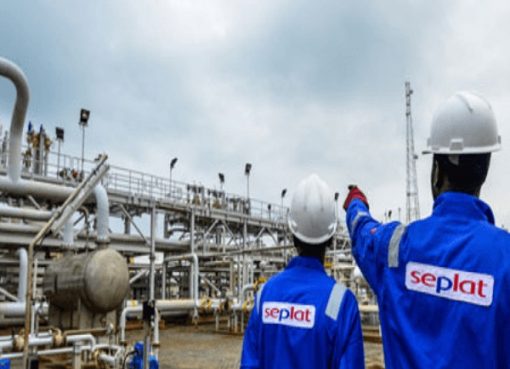Scientists used to perform experiments by stirring biological and chemical agents into test tubes.
Nowadays, they automate research by using microfluidic chips the size of postage stamps. In these tiny devices, millions of microscopic particles are captured in droplets of water, each droplet serving as the “test tube” for a single experiment. The chip funnels these many droplets, one at a time, through a tiny channel where a laser probes each passing droplet to record thousands of experimental results each second.
These chips are used for such things as testing new antibiotics, screening drug compounds, sequencing the DNA and RNA of single cells, and otherwise speeding up the pace of scientific discovery.
The problem, however, is that droplets racing toward the narrow end of the funnel can become congested and collide, breaking up in a way that can foul experiments, just like shattering test tubes in the old days. “It’s a traffic problem, like several lanes of cars trying to squeeze through a tollbooth,” said Sindy Tang, an associate professor of mechanical engineering at Stanford School of Engineering.
But her lab recently showed how it was possible to make microfluidic experiments far more efficient by putting near the base of the funnel tiny “traffic circles” that cause droplets to line up in an orderly fashion so they can zoom through the system with far fewer collisions. (see video).
In a paper published in Proceedings of the National Academy of Sciences that details the finding, she and her team, led by former Stanford Engineering graduate student Alison Bick, noted that droplet breakups occurred a thousand times less frequently in the traffic circle system as compared to today’s congestion-prone microfluidic chips. The researchers found that the location of the traffic circles was the crucial variable. Traffic circles that are too far away from the funnel exit exert no effect on the breakup. Traffic circles that are too close to the exit end up causing more “accidents,” collisions and breakups.
“There’s a sweet spot in the placement of the obstacles that minimizes the reduction in breakups and collisions in the droplet flow,” Tang said. Using properly situated traffic circles could yield a 300% increase in experimental efficiency.
The technology could lead to a faster way to screen drug compounds, as well as numerous other benefits. For instance, it could be useful in 3D printing because some 3D printers work in a similar way: They force drops of plastic or some other emulsion-based material through a fine nozzle at high speed to build structures bit by bit, and layer by layer. In this application, a system to reduce the frequency of collisions could ensure that drops of uniform size exit the nozzle in order to form the structure correctly.
“This discovery has applications that extend beyond research to other systems involving interactions between many similarly sized bodies, from aggregations of biological cells to crowds of people,” Tang said.
Source: engineering.stanford










